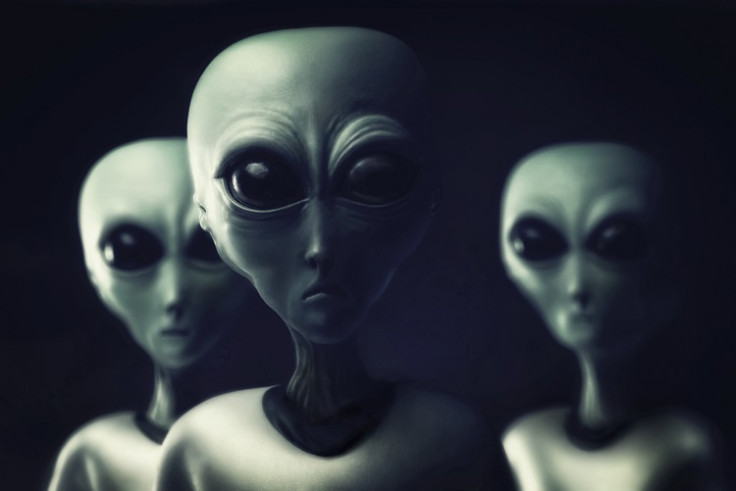What does alien life look like? Oxford scientists think the answer may surprise you
Experts are using Darwin's evolutionary theory to predict what aliens may look like.

Sci-fi fans may think aliens from outer space would resemble little green men or large monstrous creatures – but new research suggests they may be more like us than we realise.
For the first time, experts are using Darwin's evolutionary theory to make predictions about extra-terrestrial life, hoping to glean new insights and patterns about its potential behaviour.
A new study, published this week (31 October) in the international journal of astrobiology, sees University of Oxford scientists suggest aliens would likely be shaped by the same processes and mechanisms that have changed humans over time.
"A fundamental task for astrobiologists, those who study life in the cosmos, is thinking about what extra-terrestrial life might be like," said Sam Levin, a researcher in Oxford's Department of Zoology.
"But making predictions about aliens is hard. We only have one example of life – life on Earth – to extrapolate from.
"Past approaches in the field of astrobiology have been largely mechanistic, taking what we see on Earth, and what we know about chemistry, geology, and physics to make predictions about aliens."
But his new paper takes a different approach, instead using evolutionary theory to make predictions independent of Earth's parameters.
"This is a useful approach, because theoretical predictions will apply to aliens that are silicon based, do not have DNA and breathe nitrogen, for example," he said, adding that the new Oxford model could also be used to judge how "complexity" would arise in space.
On Earth, species' complexity increases thanks to major transitions, which occur when a group of separate organisms evolve into a higher-level organism. For these transitions to occur, scientists believe "extreme conditions" are typically needed.
The experts said they don't yey know if aliens – if they exist, of course – would walk on two legs of have large, oversized, eye sockets as depicted in some Hollywood movies. But they noted that evolutionary theory has offered a unique tool to glean greater understanding.
"By predicting that aliens undergone major transitions we can say that there is a level of predictability to evolution that would cause them to look like us," Levin continued.
"Like humans, we predict that they are made-up of a hierarchy of entities, which all cooperate to produce an alien. At each level of the organism there will be mechanisms in place to eliminate conflict, maintain cooperation, and keep the organism functioning.
"There are potentially hundreds of thousands of habitable planets in our galaxy alone.
"We can't say whether or not we're alone on Earth, but we have taken a small step forward in answering, if we're not alone, what our neighbours are like."






















